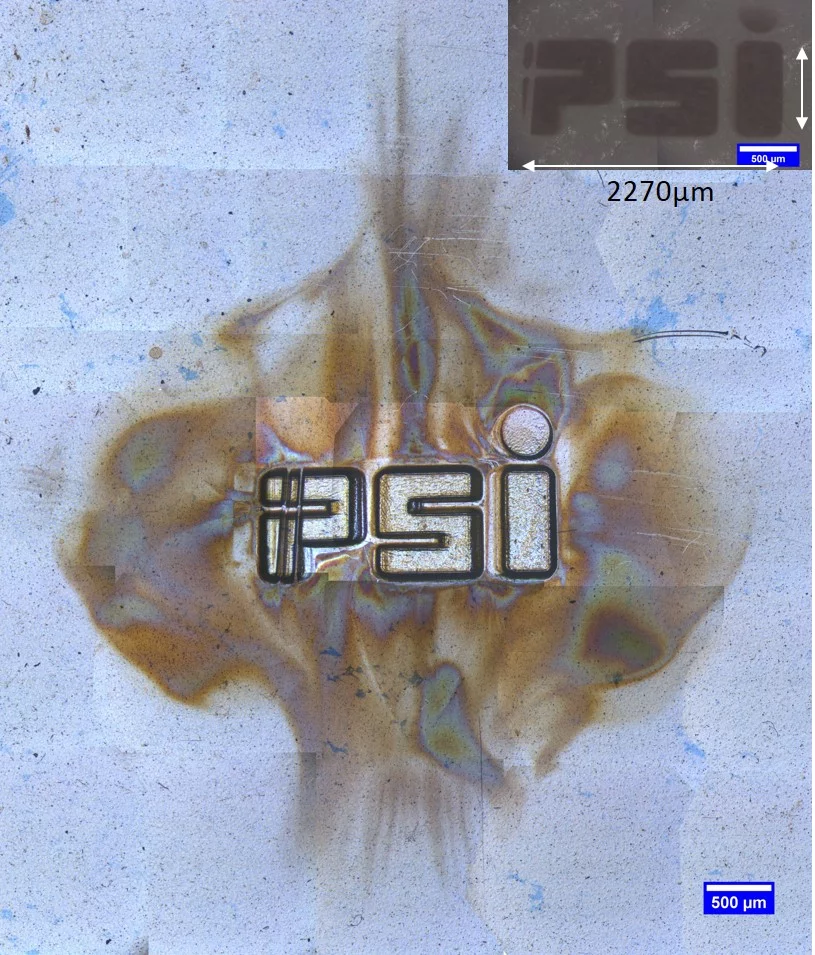In pulsed laser deposition the use of a rectangular or elliptical beam spot with a non 1:1 aspect ratio leads to the so called flip-over effect. Here, the longest dimension of the laser spot results in the shortest direction of plasma plume expansion. This effect has been mainly reported for vacuum depositions of single element targets and is particularly noticeable when the aspect ratio of the beam spot is large.
We investigate the flip-over effect in vacuum and at three relevant background-gas pressures for pulsed laser deposition using a La0.4Ca0.6MnO3 target by measuring the thickness dependence of the deposited material as a function of angle. The film thicknesses and compositions are determined by Rutherford backscattering and argon is used to reduce the influence of additional chemical reactions in the plasma. The results show the prevalence of the flip-over effect for all pressures except for the highest, i.e. 1 × 10−1 mbar, where the film thickness is constant for all angles. The composition profiles show noticeable compositional variations of up to 30% with respect to the target material depending on the background gas pressure, the angular location, and the laser spot dimensions.
Facility: ENE, ETH, LMX, Thin Films and Interfaces
Reference: Alejandro Ojeda-G-P, Christof W. Schneider, Max Döbeli, Thomas Lippert, Alexander Wokaun, Appl. Surf. Science 357, 2055 (2015)
Read full article: here



